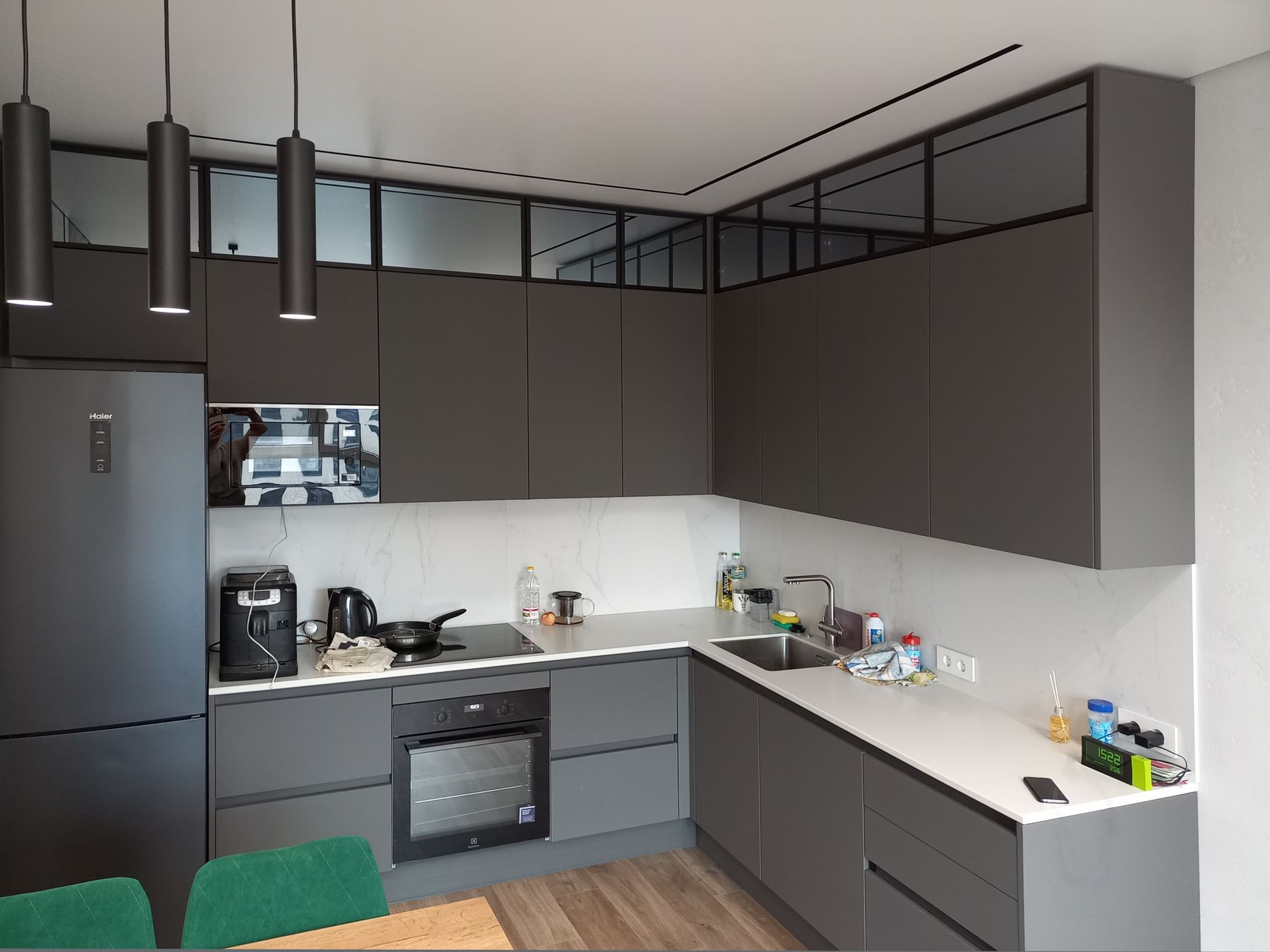
Introduction to Kitchen Aesthetics
The kitchen is often referred to as the heart of the home, and for good reason. It's where meals are prepared and sometimes served, where families gather, and where memories are made. Thus, mastering kitchen aesthetics is not just about creating a visually appealing space but also about designing an environment that is warm, functional, and reflective of your personal style. This article will guide you through the essentials of achieving an aesthetically pleasing kitchen that resonates with modern sensibilities.
Understanding the Elements of Design
To begin mastering kitchen aesthetics, it's important to have a firm grasp of the basic elements of design: color, form, light, pattern, texture, and space. Each of these elements plays a crucial role in the overall look and feel of your kitchen. The interplay of colors can set the mood, while the integration of textures and patterns can add depth and interest. Lighting not only serves a practical purpose but can also highlight features and create ambiance. By thoughtfully considering these components, you can create a harmonious and inviting kitchen space.
Choosing a Color Palette
Selecting the right color palette is fundamental in establishing the aesthetic of your kitchen. Neutral tones like whites, beiges, and greys are timeless and can give the kitchen a clean and spacious feel. For a more dynamic space, consider adding pops of color with accent walls, backsplashes, or colorful appliances and accessories. Be mindful of color psychology—warmer colors can stimulate appetite and create a cozy atmosphere, while cooler colors can be calming and may help the kitchen feel more open and serene.
Incorporating Textures and Materials
Texture is a key aspect of kitchen aesthetics, contributing to both the tactile and visual experience of the space. Combining different materials—such as wood, stone, tile, and metal—can add character and uniqueness to your kitchen. For instance, a natural stone countertop paired with a sleek, stainless steel backsplash can create a balance between rustic charm and modern minimalism. Don't be afraid to mix and match materials, but ensure there is a cohesive element that ties them together.
Lighting as a Design Tool
Proper lighting is essential in the kitchen, not just for function but for enhancing the beauty of the space. Layering different types of lighting—ambient, task, and accent—can improve the room's functionality while also setting the mood. Under-cabinet lighting can provide critical task illumination, while pendant lights over an island can serve as a focal point and contribute to the mood lighting. Dimmer switches can allow you to adjust the brightness according to the time of day or the task at hand.
Optimizing Space and Layout
Even the most beautiful kitchen can be unpleasant if it lacks practicality. An ergonomic layout that follows the classic work triangle (stove, sink, refrigerator) promotes efficiency and ease of movement. Consider the flow of your kitchen and how you use the space daily. Ensure there is ample counter space for meal prep and that cabinets and drawers are accessible. Smart storage solutions can keep countertops clutter-free and your kitchen looking tidy.
Personal Touches and Final Accents
Finally, personalize your kitchen with accessories and decor that reflect your personality and style. Display a collection of vintage cookware, add fresh herbs in stylish pots, or hang your favorite piece of art. These personal touches will make your kitchen feel like a true extension of your home and offer that extra layer of comfort and style. Remember, the goal is to create a space where you enjoy spending time, so fill it with things that make you happy.
Conclusion
Mastering kitchen aesthetics is an ongoing process that combines design principles with personal taste. It's about finding the right balance between style and function. Whether you're embarking on a full kitchen remodel or simply looking to update your current space, keep in mind the importance of elements like color, texture, lighting, and layout. With attention to these details, you can transform your kitchen into a beautifully designed space that's both enjoyable to use and to behold.